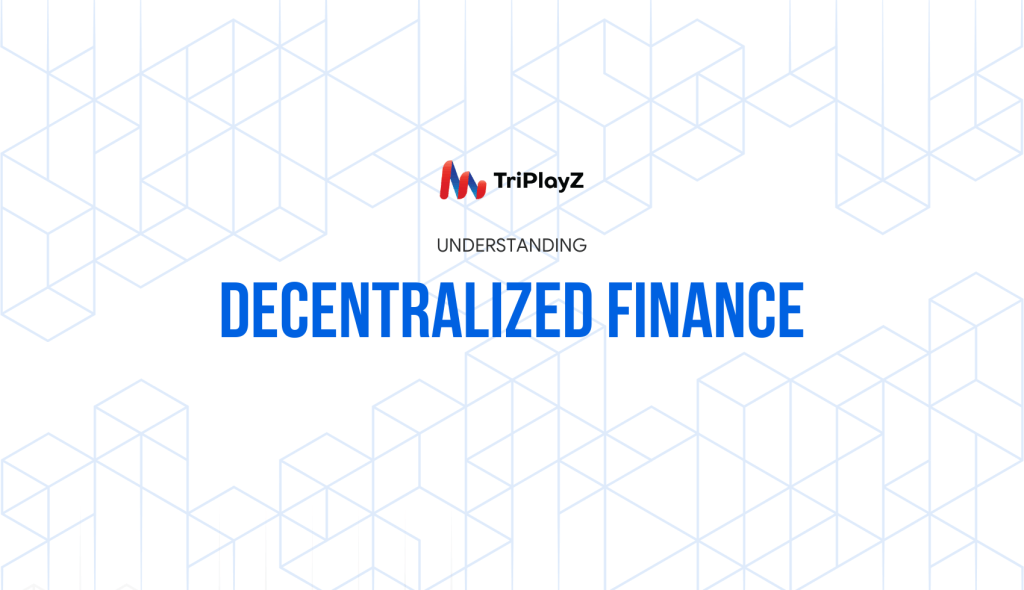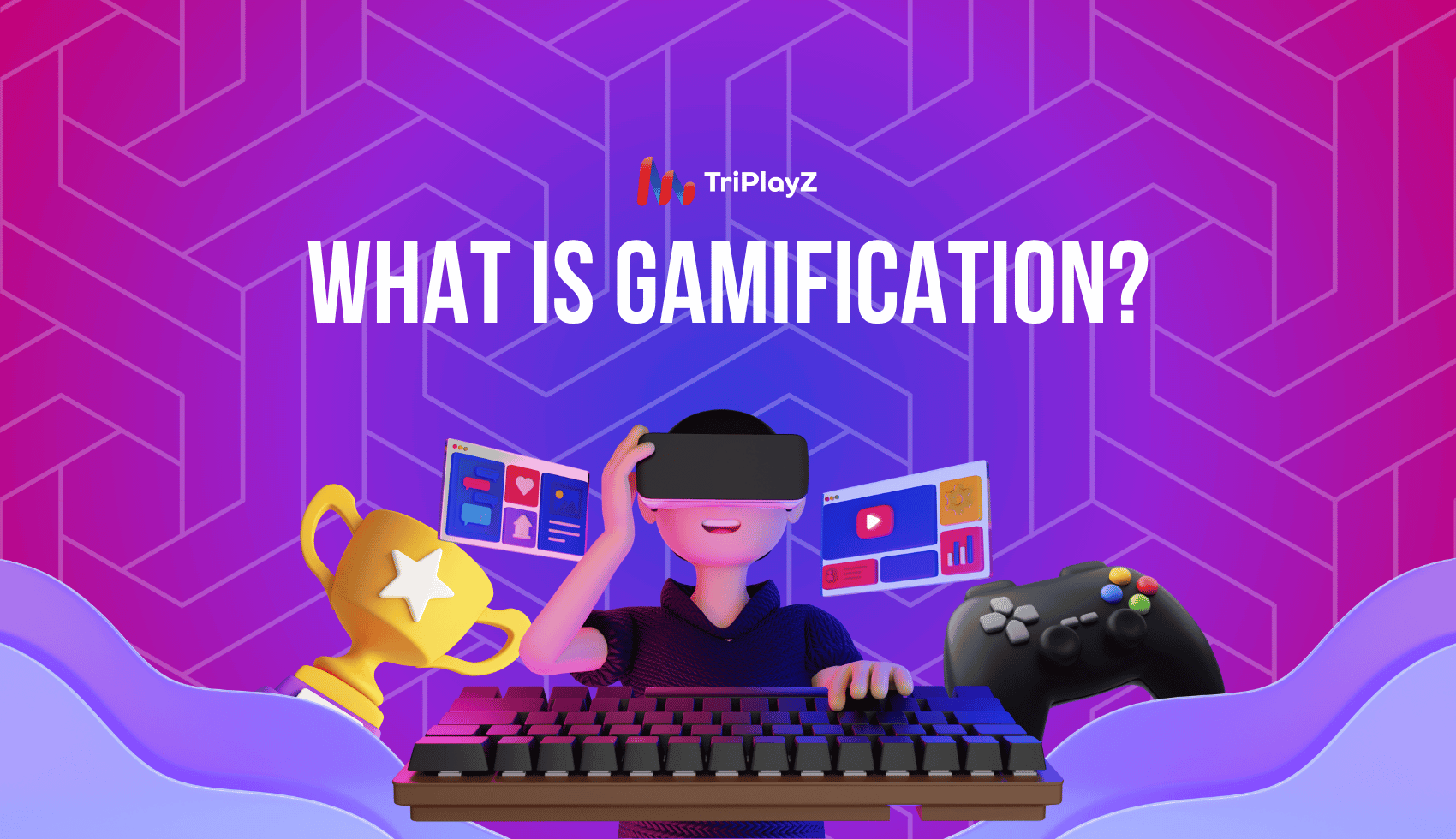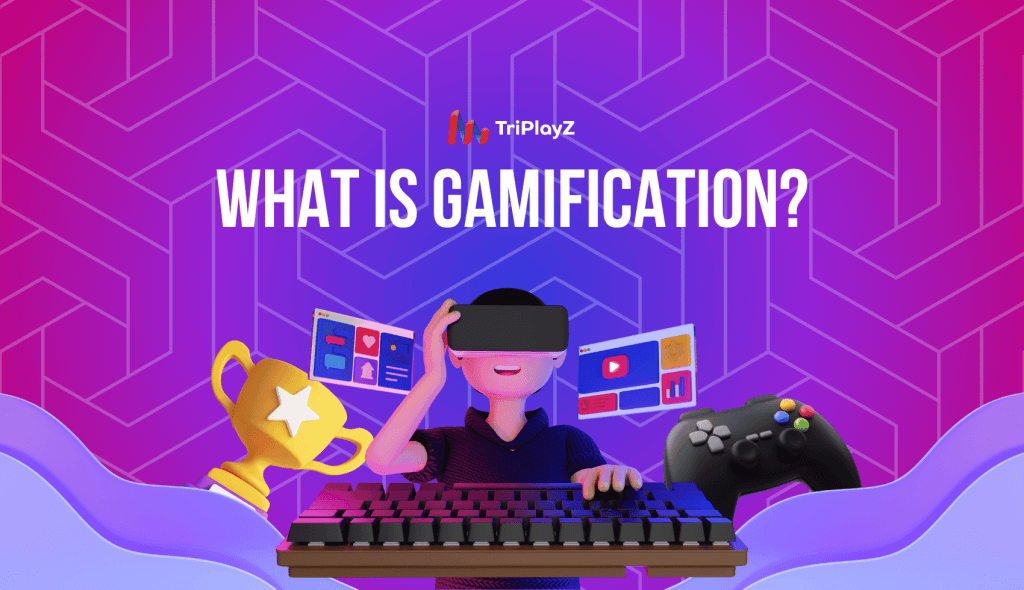What is Gamification? 4 Powerful Strategies to Engage Your Audience
Gamification—the application of game mechanics in non-game environments—has become a powerful tool for enhancing user engagement and driving long-term retention. Far beyond points and badges, effective gamification taps into human psychology to create user-centric experiences that are both motivating and meaningful. In this guide, we’ll explore four essential concepts that form the foundation of successful gamification design and show how brands can leverage them to build deeper, more lasting connections with their audiences.
What is Gamification?
01
Definition & Meaning
Gamification is the process of applying game mechanisms and gamified elements to real-world and non-game contexts in order to drive engagement, motivation, and long-term user participation.
Common gamification features include:
Progress bars and levels to show achievement and improvement
Badges, points, and leaderboards to encourage healthy competition
Challenges and goals to keep users motivated
Rewards and incentives to drive action
Far from being mere fun, gamification is a powerful UX design tool that drives intrinsic motivation, prompts users to take action, and supports long-term engagement. By weaving in gamified elements into real-world apps or platforms, it fosters a sense of community, reinforces customer loyalty, and enhances engagement across social media, e-commerce, and learning systems.
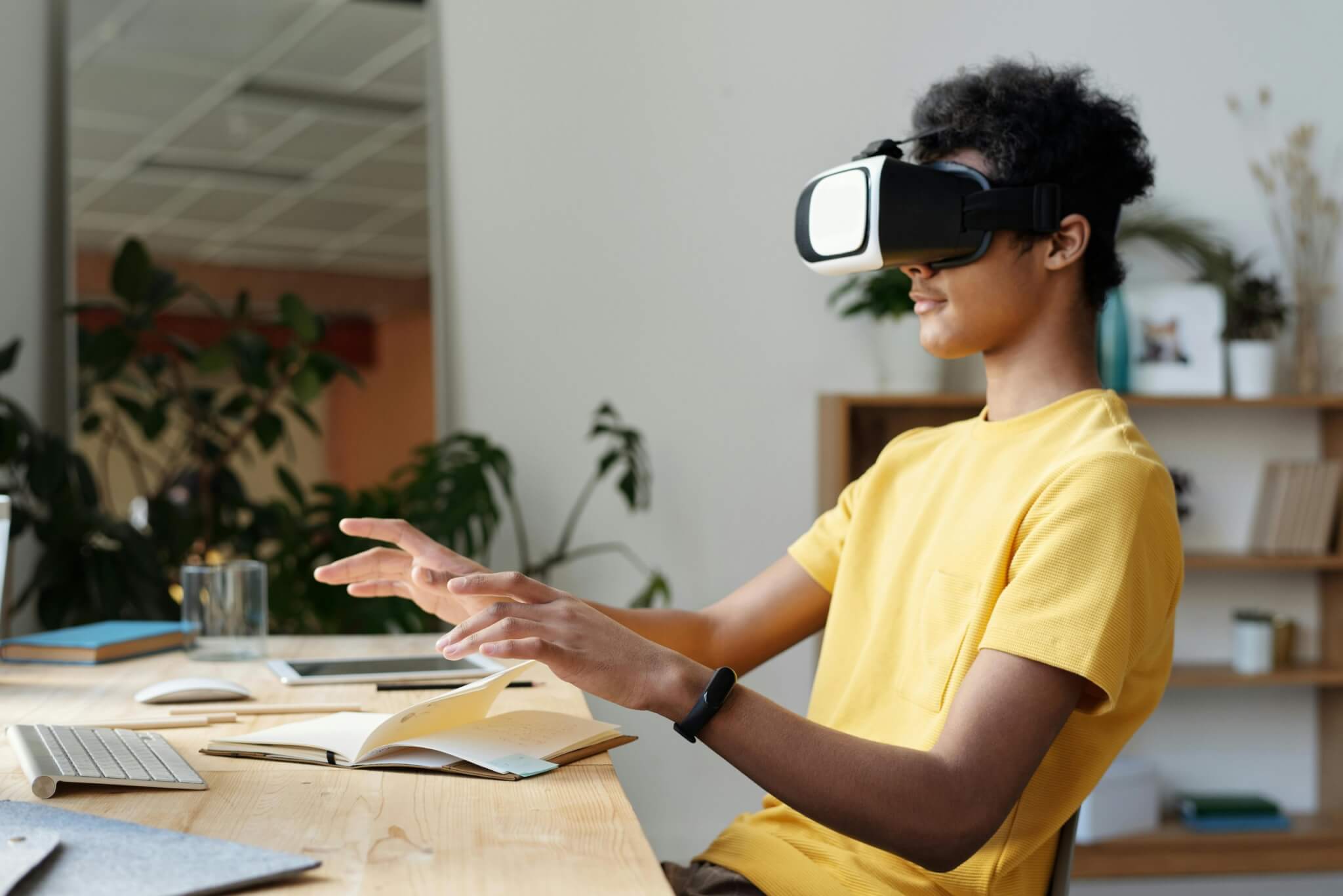
Gamification leads to higher performance on tasks, especially Educational Gamification
02
Research Landscape: Understanding Gamification’s Impact
The evolving research around game-inspired design emphasizes how applying game mechanisms in non-game environments can shape user behavior in gamified systems spanning education, wellness, workplace training, and social platforms.
Central to modern design is the Octalysis Framework, which conceptualizes eight core motivational drives (e.g., accomplishment, social influence, unpredictability, meaning) to structure game-like user experiences and deepen personal engagement.

Gamification is well-suited for user-centric applications such as fitness apps.
Empirical studies also highlight key findings for long-term effectiveness:
A longitudinal study revealed that gamified learning benefits from a “familiarization effect”: after initial decline (the novelty effect), engagement rebounds between weeks 6–10.
In health and fitness apps, tailored game mechanics—matched to user types—have consistently increased long-term participation over several months.
Meta-analyses in education report significant improvements in learning outcomes (effect size g≈0.49), motivation (g≈0.36), and behavioral engagement (g≈0.25) when using multiple game elements—rather than only points or badges.
✨Note: “g” is a measure of effect size, which tells us how much impact an intervention has—higher values mean more noticeable, meaningful changes.
Turning Everyday Actions into Engaging Interactions
Progress bars, leaderboards, and point systems may sound technical—but true gamification pulses with emotion. It’s the thrill of unlocking milestones, the drive to keep a streak alive, the quiet satisfaction of leveling up. When done right, it doesn’t just guide behavior—it awakens motivation, forms habits, and turns everyday clicks into moments of triumph.
Before we dive into proven strategies, let’s uncover how game-inspired systems reshape digital experiences. From sparking curiosity in learners to building loyalty in customers, gamification—when fueled by thoughtful UX—turns design patterns into powerful, repeatable engagement engines.

A good Gamification experience create boundless opportunities.
01
Khan Academy – Personalized Learning Through Game Mechanics
Khan Academy integrates gamified elements like energy points, badges, mission progress, and level-based mastery into its free online learning platform.
Students unlock rewards for consistency, skill-building, and helping others through peer feedback.
Results:
- Increased learner retention and engagement, especially among K–12 students
- Gamified learning paths improved completion rates for difficult STEM topics
- Teachers report higher motivation in students using progress dashboards
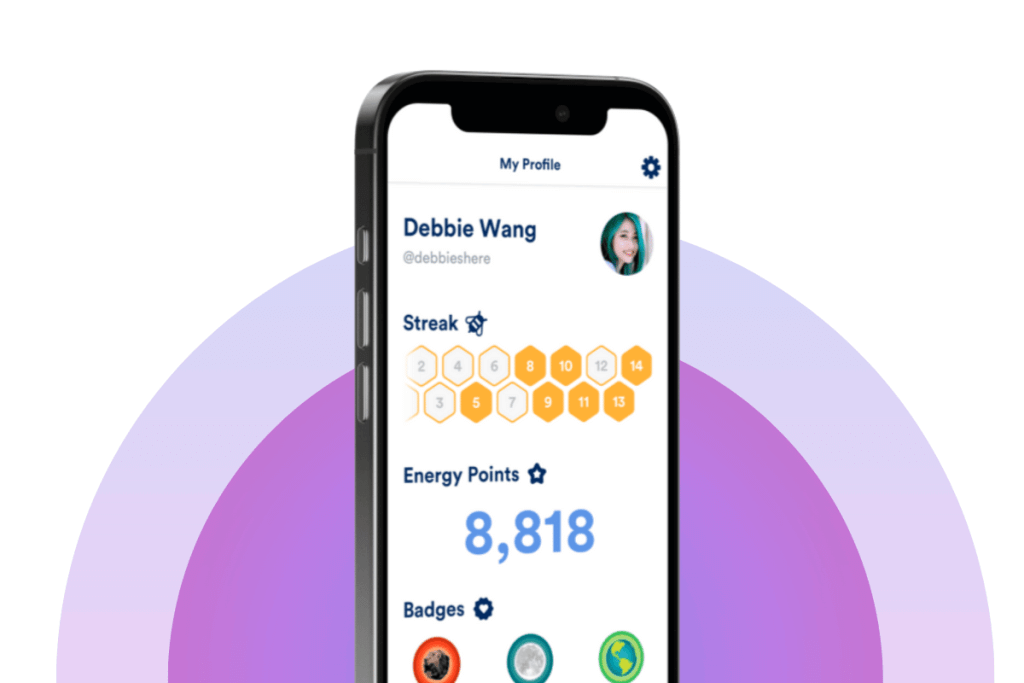
02
ResMed - Educate Sleep Apnea Awareness through Gamify
In 2023, ResMed partnered with Gamify to launch a branded endless runner + quiz game that educated users about sleep apnea.
Players answered health-related questions mid-run, with correct answers unlocking continued gameplay and chances to win prizes like Koala mattresses and original artwork.
Results:
- 25,900 total plays
- 94.8%engagement rate
- 50% of players clicked through to ResMed’s sleep test landing page
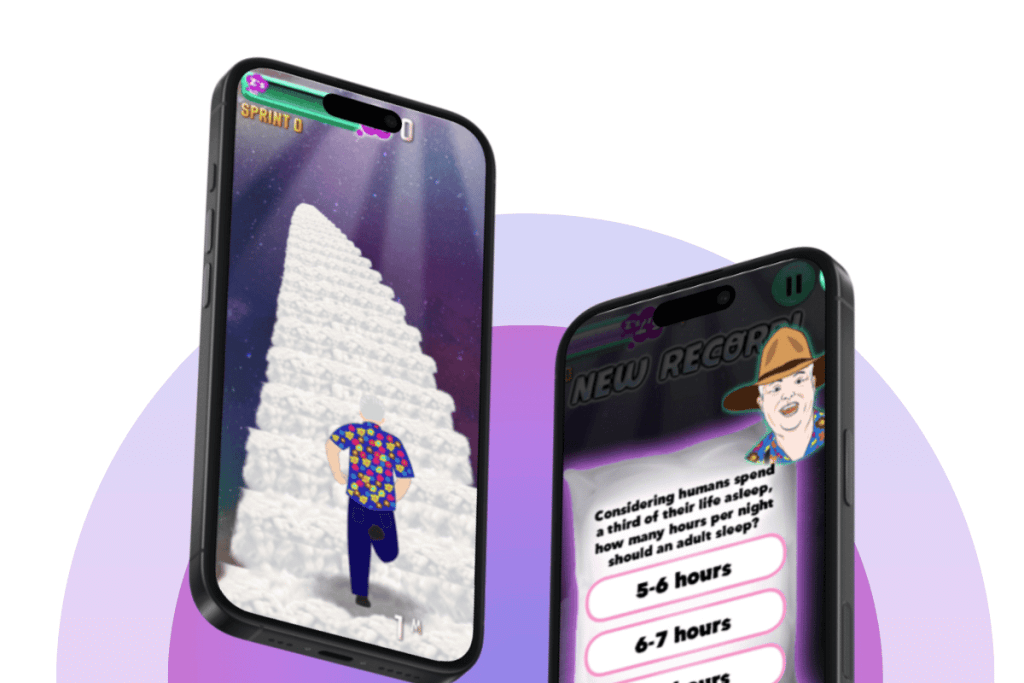
03
Fortune City - Turns Your Spending into a City-Building Game
Fortune City turns expense tracking into a city-building game—each transaction creates a building, like food stalls or cash registers.
As you log more, your city grows and levels up, with a sleek dashboard showing progress bars and spending insights.
Results:
- Boosted retention and daily activity, with users consistently logging expenditures.
- Enhanced data quality: Financial habits became more accurate and frequent.
- High user praise, as seen in store reviews.
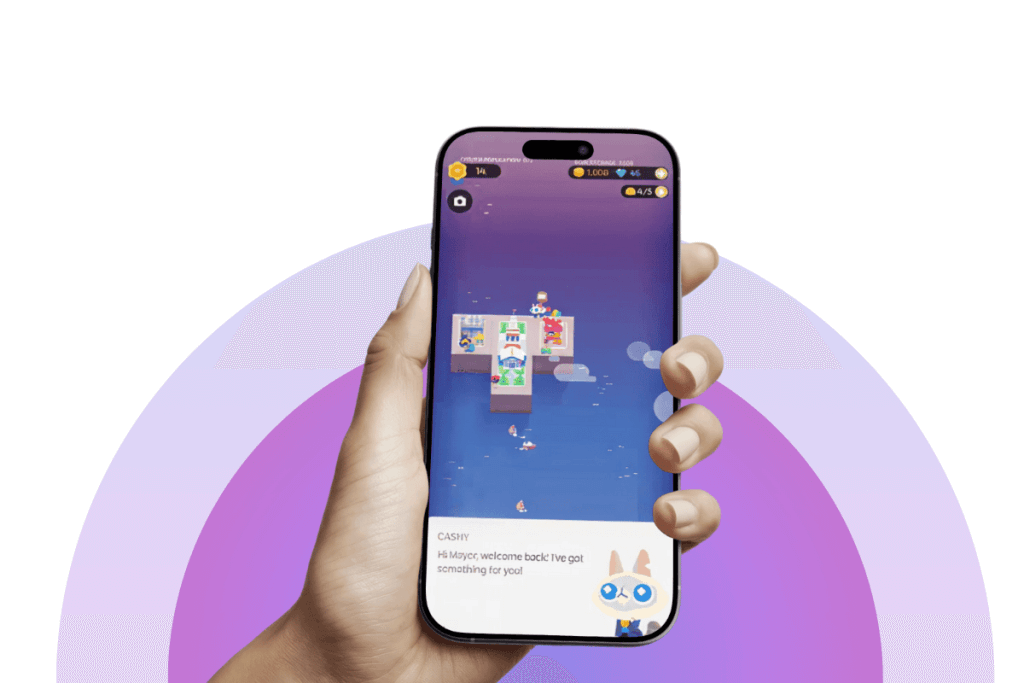
4 Powerful Gamification Strategies to Engage Your Audience
After exploring those real-world success stories and data-driven breakthroughs, one thing is undeniable: when done right, gamification isn’t just engaging—it’s transformative. To help you turn insight into action, the four strategies below draw from leading research, behavioral frameworks, and top-performing gamified platforms. Whether you’re designing for education, finance, or social media, these techniques will equip you to build meaningful, habit-forming experiences that users keep coming back to.
01
Progress Tracking & Visual Feedback
One of the most recognized gamification techniques is showing users their progress. Whether it’s a progress bar, experience points (XP), or level-up system, visual feedback helps users stay focused and motivated to complete a task.
- Great for: Learning platforms, fitness apps, and personal finance tools
- Drives: Consistency, habit formation, and long-term retention
Remember: Keep progress visible and attainable
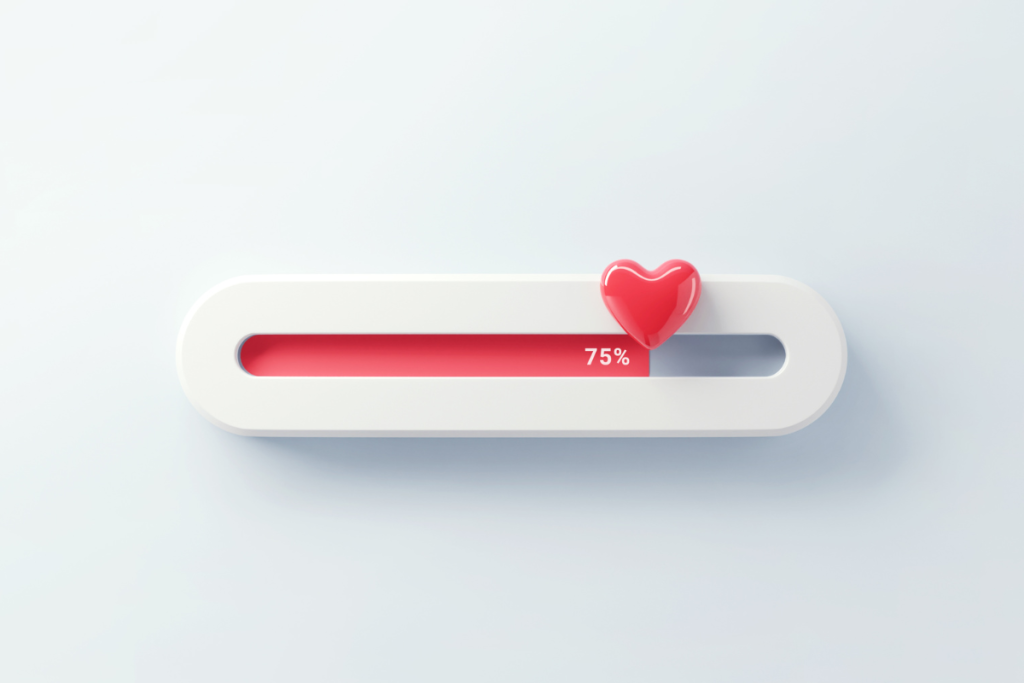
02
Missions, Quests & Micro-Challenges
Gamified systems often include short-term goals that replicate the challenge-reward loop of video games. When users are given specific tasks—daily streaks, learning milestones, or even a quiz in a gamified learning app—they feel purpose-driven and more likely to engage regularly.
- Great for: Educational tools, workplace apps, healthcare tech
- Drives: Engagement, autonomy, and intrinsic motivation
Research shows time-limited challenges can boost participation by up to 60%.

03
Rewards & Recognition
Badges, unlockables, or in-app currencies are core gamification features that provide immediate feedback and gratification. These elements don’t just incentivize—they reinforce positive behavior and can even be used to encourage purchases or upgrades in social media platforms and apps.
- Great for: Customer loyalty programs, e-commerce, and subscription-based platforms
- Drives: Motivation, loyalty, and repeat interactions

04
Social Dynamics & Healthy Competition
People are wired to respond to social feedback. Leaderboards, team-based tasks, and referral incentives tap into healthy competition and collaborative spirit. When users can compare progress or achievements, they’re more likely to stay active and feel part of a community.
- Great for: Social media apps, fitness challenges, finance tracking
- Drives: Sense of community, social motivation, and engagement
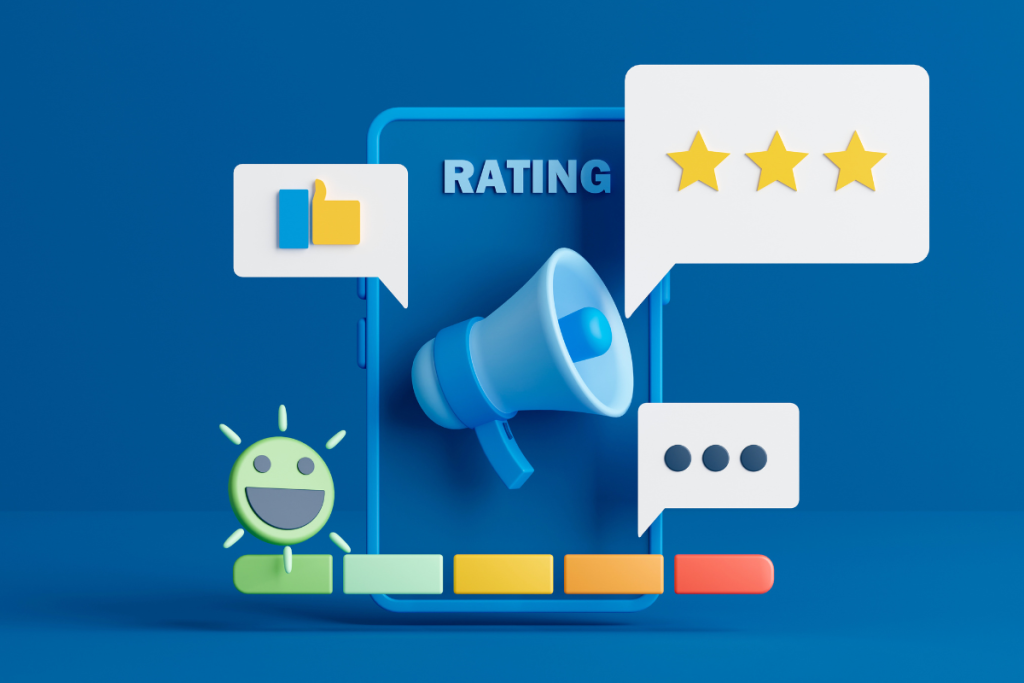
Consider this for your next Gamification ideas
Game elements like points or levels make real-world actions more engaging.
Progress bars, challenges, and rewards drive consistent user behavior.
Gamified systems work best when linked to everyday goals like learning, saving, or improving health.
Find out more of our content
